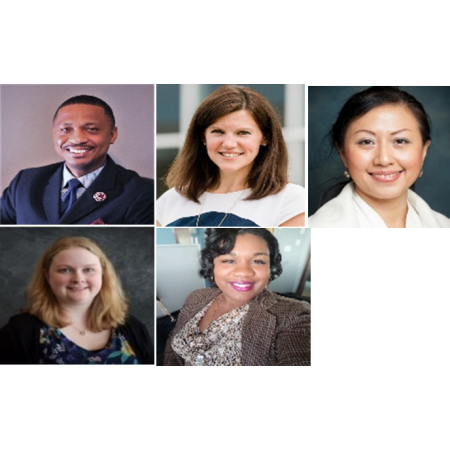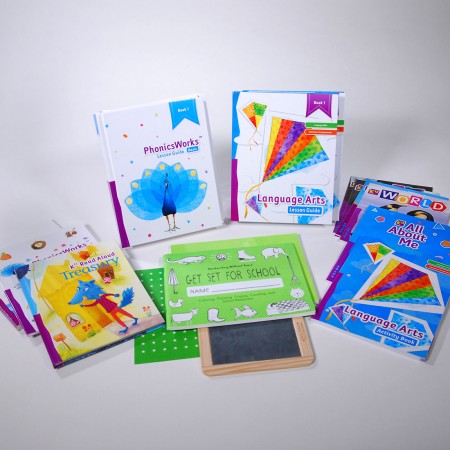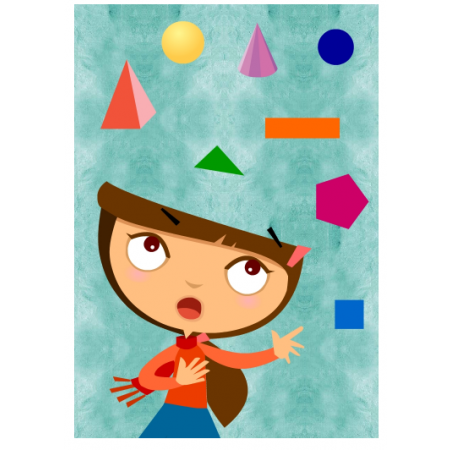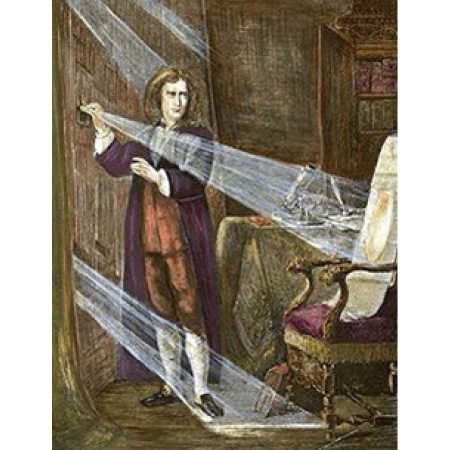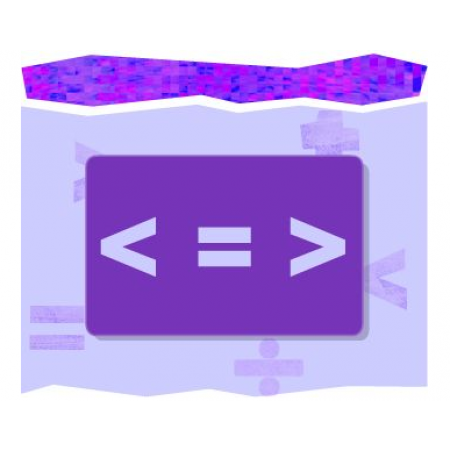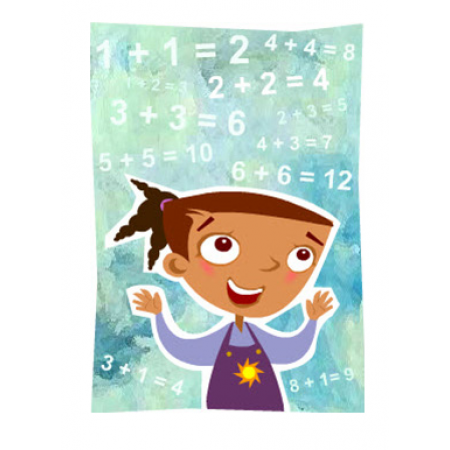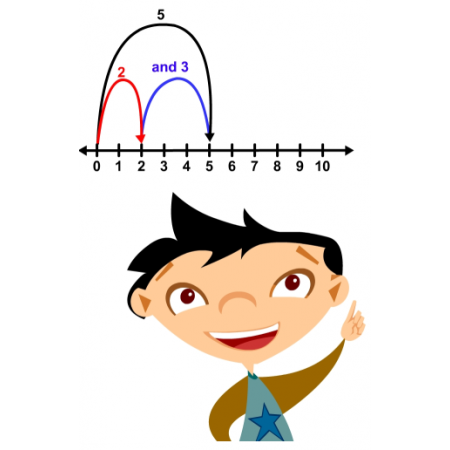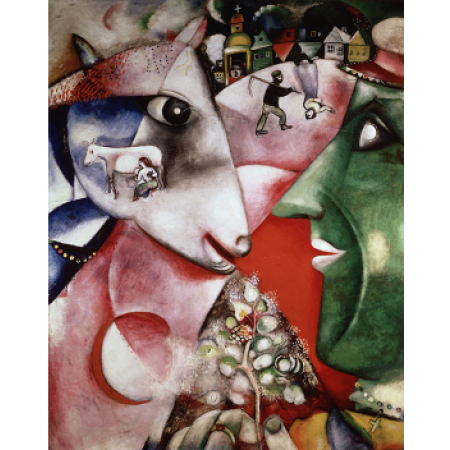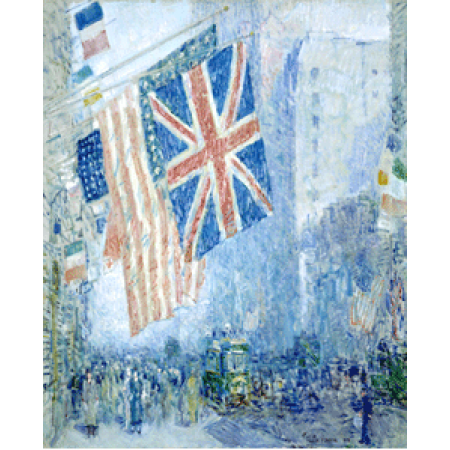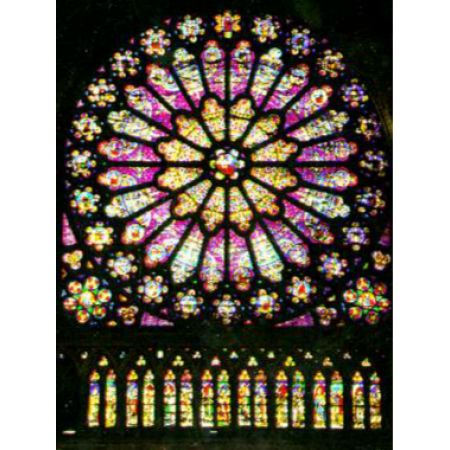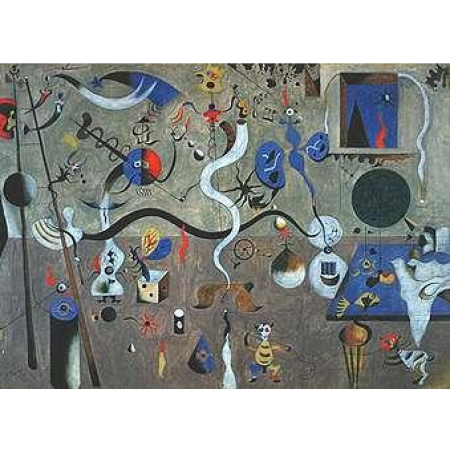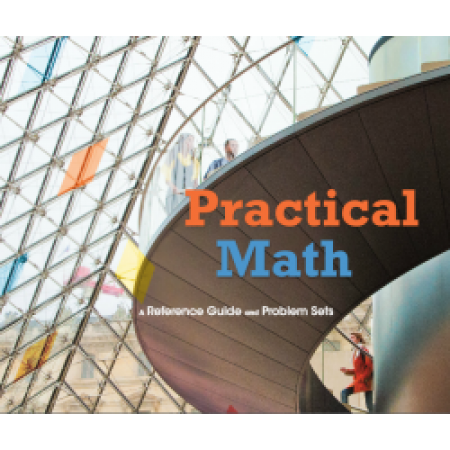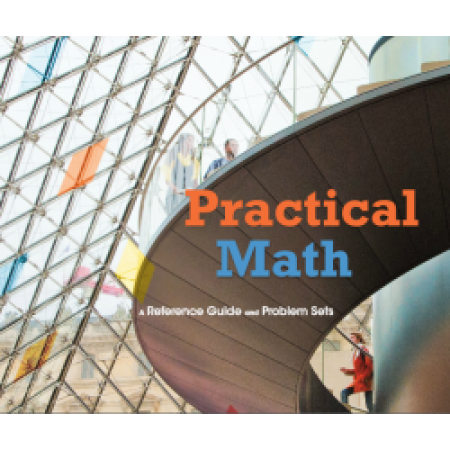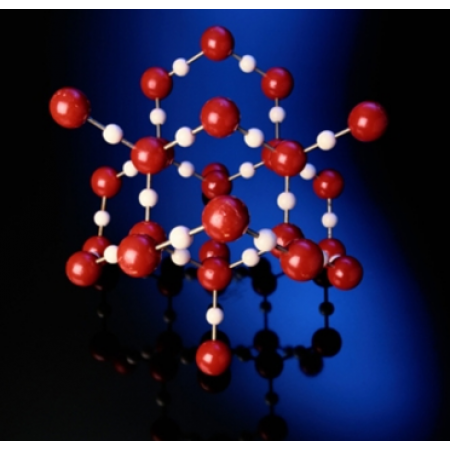x
Search results for 'summit'
Show Filter
Summit Math Plus Red (4) (Independent Study)
This research-based course focuses on computational fluency, conceptual understanding, and problem-solving. The engaging course features new graphics, learning tools, and games; adaptive activities that help struggling students master concepts and skills before moving on; and more support for Learning Coaches to guide their students to success. This course for students in Grade 4 moves into applications and properties of operations. Students work with simple fraction and decimal operations, which are applied in the study of measurement, probability, and data, and mathematical reasoning techniques. Students begin the study of equivalencies between fractions and decimals on the number line and early work with integers. Algebraic thinking is developed as students work with variables, coordinate graphing, and formulas in problems involving perimeter, area, and rate. Geometry is extended into greater classification of shapes and work with lines, angles and rotations.From: $24.00
Summit Math Plus Orange (2) (Independent Study)
This research-based course focuses on computational fluency, conceptual understanding, and problem-solving. The engaging course features new graphics, learning tools, and games; adaptive activities that help struggling students master concepts and skills before moving on; and more support for Learning Coaches to guide their students to success. This course for students in Grade 2 focuses primarily on number concepts, place value, and addition and subtraction of numbers through 1,000. Special emphasis is given to problem solving, inverse operations, properties of operations, decomposition of numbers, and mental math. Students study money, time, and measurement; geometric figures; analyzing and displaying data with new representations; and determining the range and mode of data. Early concepts about multiplication, division, and fractions are introduced.From: $24.00
Summit Math Plus Green (1) (Independent Study)
This research-based course focuses on computational fluency, conceptual understanding, and problem-solving. The engaging course features new graphics, learning tools, and games; adaptive activities that help struggling students master concepts and skills before moving on; and more support for Learning Coaches to guide their students to success. This course for students in Grade 1 extends their work with place value to numbers through 100, emphasizing fluency of addition and subtraction facts, and focusing on number sentences and problem solving with addition and subtraction. Students begin work with money, telling time, ordering events, and measuring length, weight, and capacity with non-standard units. Students identify attributes of geometric figures and also extend their work with patterns and data, including representing and comparing data.From: $24.00
Summit Math Plus Blue (K) (Independent Study)
This research-based course focuses on computational fluency, conceptual understanding, and problem-solving. The engaging course features new graphics, learning tools, and games; adaptive activities that help struggling students master concepts and skills before moving on; and more support for Learning Coaches to guide their students to success. The course introduces Kindergarten students to numbers through 30. Students learn through reading, writing, counting, comparing, ordering, adding, and subtracting. They experience problem solving and encounter early concepts in place value, time, length, weight, and capacity. They learn to gather and display simple data. Students also study two- and three-dimensional figures—they identify, sort, study patterns, and relate mathematical figures to objects within their environment.From: $24.00
Summit Art Kindergarten (Independent Study)
Kindergarten students are introduced to the elements of art—line, shape, color, and more.From: $24.00
Summit Art 4 (Independent Study)
Following the time line of the K12 History program, fourth grade Art lessons introduce students to the artists, cultures, and great works of art and architecture from French and American Revolutions through modern timesFrom: $24.00
Summit Art 3 (Independent Study)
Following the timeline of the K12 History program, third grade Art lessons introduce students to the art and architecture of the Renaissance throughout Europe, including Italy, Russia, and Northern Europe.From: $24.00
Summit Art 2 (Independent Study)
Following the timeline of the K12 History program, second grade Art lessons introduce students to the art and architecture of ancient Rome, medieval Europe, Islam, Mexico, Africa, China, and Japan.From: $24.00
Summit Practical Math (Summer Condensed Semester 2) (MTH307BS)
This is the second semester of a two part course, offered over a condensed 4 week term.
In this course, students use math to solve real-world problems—and real-world problems to solidify their understanding of key mathematical topics. Data analysis, math modeling, and personal finance are key themes in this course. Specific topics of study include statistics, probability, graphs of statistical data, regression, finance, and budgeting. In addition, students learn how to use several mathematical models involving algebra and geometry to solve problems. Proficiency is measured through frequent online and offline assessments as well as class participation. Units focused on projects also allow students to apply and extend their math skills in real-world cases.
From: $450.00
Summit Practical Math (Summer Condensed Semester 1) (MTH307AS)
This is the first semester of a two part course, offered over a condensed 4 week term.
In this course, students use math to solve real-world problems—and real-world problems to solidify their understanding of key mathematical topics. Data analysis, math modeling, and personal finance are key themes in this course. Specific topics of study include statistics, probability, graphs of statistical data, regression, finance, and budgeting. In addition, students learn how to use several mathematical models involving algebra and geometry to solve problems. Proficiency is measured through frequent online and offline assessments as well as class participation. Units focused on projects also allow students to apply and extend their math skills in real-world cases.
From: $450.00
Summit US and Global Economics (Summer Condensed) (HST413S)
This course is offered over a condensed 4 week term.
In this course on economic principles, students explore choices they face as producers, consumers, investors, and taxpayers. Students apply what they learn to real-world simulation problems. Topics of study include markets from historic and contemporary perspectives; supply and demand; theories of early economic philosophers such as Adam Smith and David Ricardo; theories of value; money (what it is, how it evolved, the role of banks, investment houses, and the Federal Reserve); Keynesian economics; how capitalism functions, focusing on productivity, wages, investment, and growth; issues of capitalism such as unemployment, inflation, and the national debt; and a survey of markets in such areas as China, Europe, and the Middle East.
$450.00
Summit Physical Science, Semester 2 (SCI08B)
The Physical Science program introduces students to many aspects of the physical world, focusing first on chemistry and then on physics. The course provides an overview of the physical world and gives students tools and concepts to think clearly about matter, atoms, molecules, chemical reactions, motion, force, momentum, work and machines, energy, waves, electricity, light, and other aspects of chemistry and physics. Among other subjects, students study the structure of atoms; the elements and the Periodic Table; chemical reactions; forces, including gravitational, motion, acceleration, and mass; and energy, including light, thermal, electricity, and magnetism. This is the second semester of a two semester course.$450.00
NEED MORE INFO
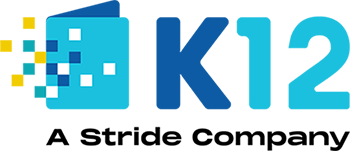
THANK YOU!
We have received your inquiry and you will start to receive additional information about our school offerings and programs. An enrollment consultant will contact you shortly.
